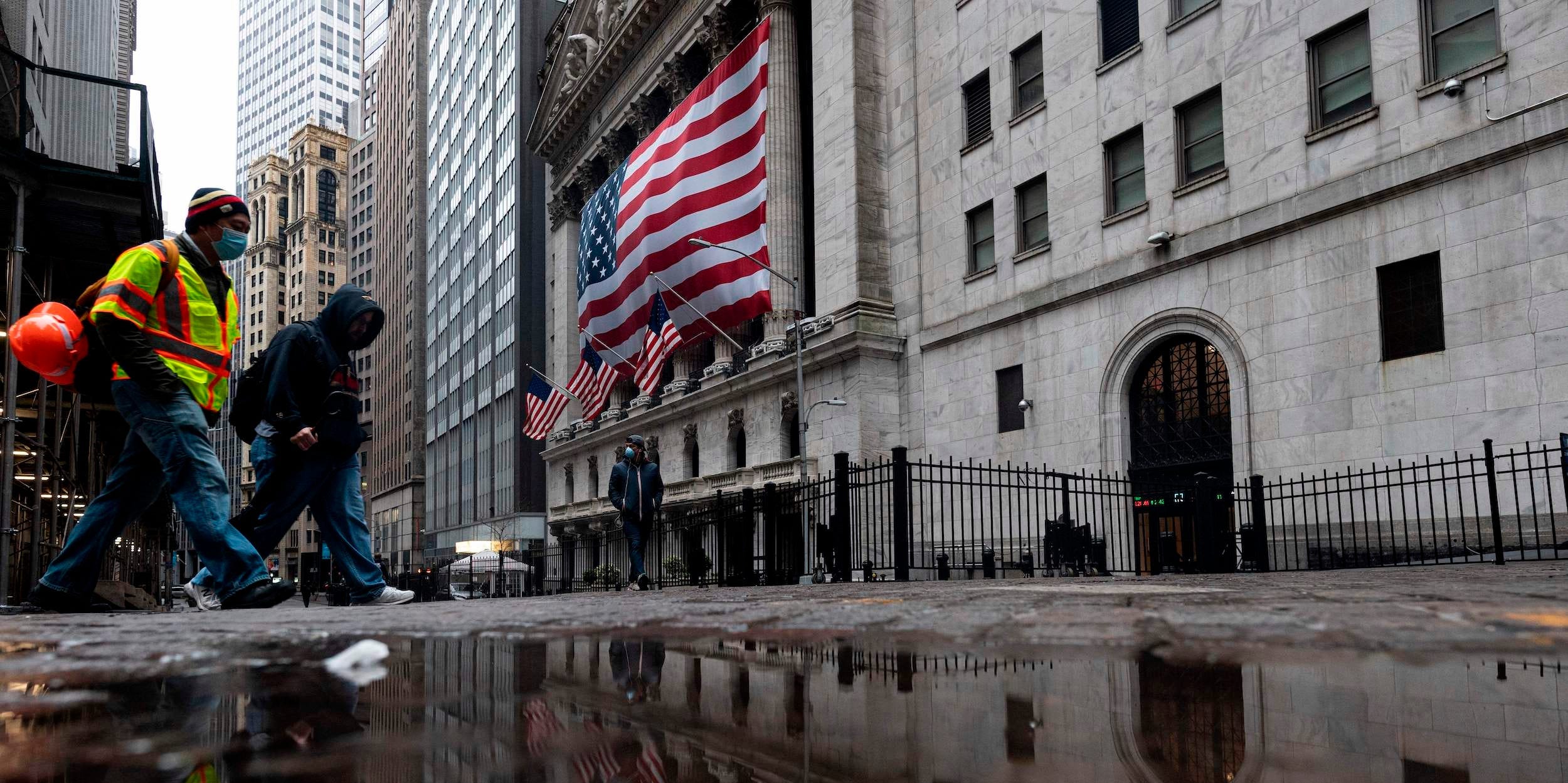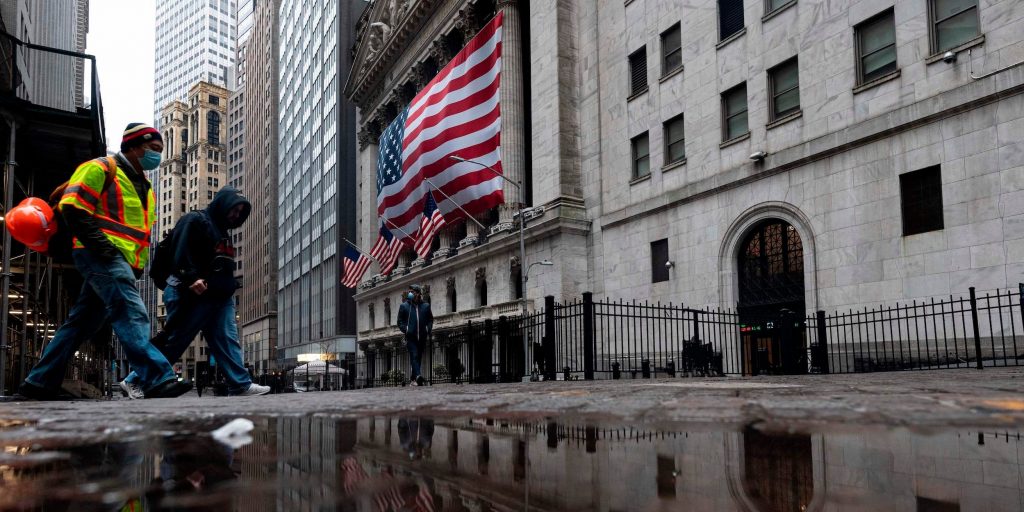
- The White House and the Fed both say inflation will cool, but bond traders are starting to doubt them.
- Traders sold short-dated bonds and bought long-term debt through October, signaling they expect price growth to stay high.
- Traders are overreacting, according to JPMorgan, while Janet Yellen says she's not concerned.
The Biden administration and the Federal Reserve still expect inflation to cool down. Wall Street is starting to think they're wrong.
Data out Friday confirmed Americans' concerns: decade-high inflation still isn't going away. The Personal Consumption Expenditures price index rose 0.3% in September and 4.4% year-over-year, hitting levels not seen since the Great Recession.
The latest inflation report butts heads with the outlook shared by the Fed and the White House throughout 2021. Both have said they expect high inflation to be transitory and cool off as the economy recovered.
But in the last days of October, bond investors made big bets that the Fed would raise interest rates earlier than expected, in what would amount to an admission that higher inflation was at risk of turning permanent. As traders dumped short-duration bonds and bought long-term government debt, the difference between the two-year and the 10-year Treasury yields – also known as the yield curve – flattened the most since the summer of 2020, when inflation first started surging.
In other words, "The bond market clearly is showing inflationary pressures are intensifying, worrying some investors and that is triggering a flight to the dollar," Ed Moya, senior analyst at Oanda, said in a Friday note.
The bond market closely follows inflation signals. When inflation is expected to accelerate, investors demand higher yields to counter faster price growth. A flattened yield curve can suggest investors expect higher inflation in the short term.
The market's inflation expectations are most clearly depicted by Treasury inflation-protected securities, or TIPS. The assets eliminate inflation risk and, as such, boast higher yields when price-growth fears intensify. With the global supply-chain crisis worsening through the fall, investors have been demanding much higher returns in case of a new inflationary crisis. Just look at this chart:
The bond market also hinges on the Fed's actions. The central bank adjusts the federal funds rate to keep inflation in check and aid the economy during downturns. Rate hikes lead to higher Treasury yields, as investors demand higher returns to coincide with higher interest rates. If traders think the Fed will raise rates ahead of schedule, bond yields tend to climb.
The Federal Open Market Committee is scheduled to meet on Tuesday and Wednesday, with Chairman Jerome Powell announcing any updates to monetary policy in a Wednesday press conference. The Fed is expected to unveil its plan for shrinking its emergency asset purchases, but if it takes additional action toward pulling back aid, it could prove the bond traders right.
The White House is holding its ground, but pressure is mounting
The Biden administration is sticking to its guns. Inflation will still cool down by the middle of 2022, Treasury Secretary Janet Yellen said on October 24.
When asked by Bloomberg on Sunday if she was worried about the flatter yield curve, she said: "No, not me. I think what we're going to see is a good, solid recovery," she said. "The unemployment rate has gone down considerably, and this is nothing like the recovery from the 2008 financial crisis."
Wall Street's biggest bank also thinks the recent move is just a temporary shuffle. Prices for the front end of the curve "look excessive," and "hikes are missing" for longer-dated Treasurys, JPMorgan analysts led by Marko Kolanovic wrote recently.
The bank thinks the market overreacted and that prices aren't totally rational. "We don't read much fundamentally in the recent yield curve flattening across [the domestic market], and believe the most likely explanations are technical," the team said, referring to periodic trends like month-end portfolio rebalancing.
The first trading day of November suggested otherwise. The yield curve flattened further on Monday, signaling more investors buying into the inflation trade. As the supply-chain crisis and global energy crunch rage on, a growing pile of cash is betting against the White House.
